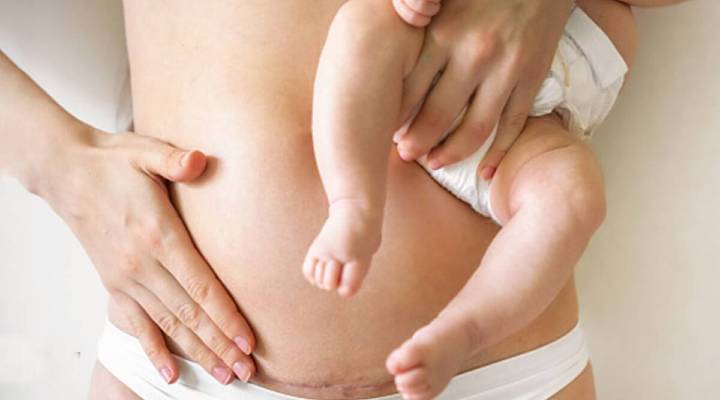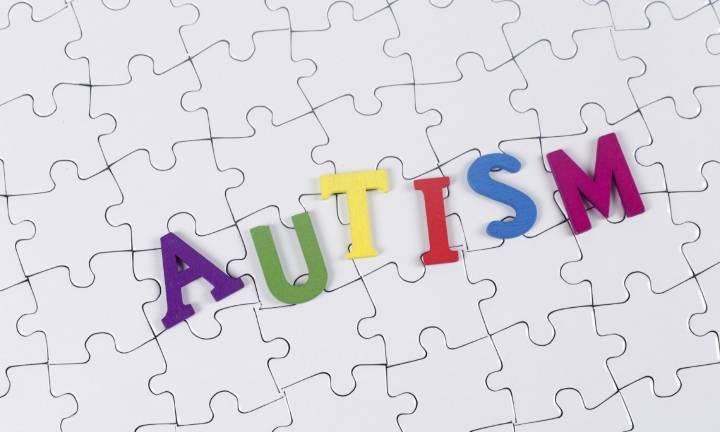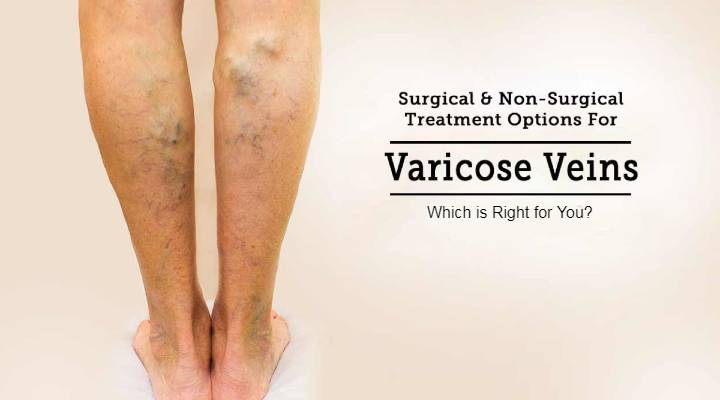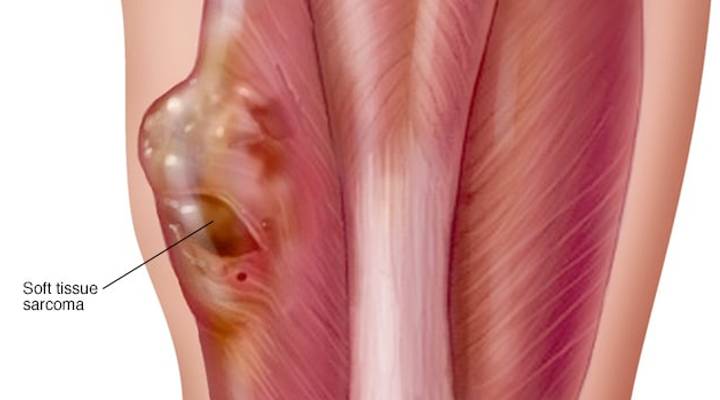Care Post C-Sec

A Caesarean Section is a major and critical surgery. Life with a new-born can be overwhelming and a mother’s own needs are more often than not put in the back seat. However, with a C-section, it becomes more than imperative to focus on the aftercare postpartum. While it takes about 6-8 weeks for the incision site to heal completely, these are some tips to keep in mind right after a C-section surgery:
Incision Care after a C-section:
The c-section surgery process in itself is never painful due to the effect of anaesthesia, but once the anaesthesia wears off the real test begins.
The incision site more often than not is either closed back with stitches, sometimes with staples and less often with glue before being bandaged.
It is important to look after the stitches correctly.
- Do not rub over the stitches, instead always pat dry.
- Never soak in a bath so as to prevent excessive moistening of the stitches.
- Stay on top of your medications/painkillers as prescribed by the doctor. Avoid skipping any doses, especially in the first two weeks post the surgery. This will allow to help you cope better with the pain.
- A heating pad/warm washcloth can help provide relief around the incision area.
- Keep an eye out for:
– any leaky discharge from the incision
-redness or swelling around the incision
-fever
-pain that is increasing
6. Support the stomach: Use a pillow or abdominal binder to help support the abdominal area and the incision. Be extremely mindful while coughing, sneezing, laughing and getting up from the bed. Place a pillow against the incision to take on the pressure and reduce the pain.
7. Breastfeeding with the incision: Nursing can be tricky with a fresh incision and stitches. Finding a comfortable feeding position with the least pain around the scar can be a challenge. Use a pillow on the stomach to place the baby and reduce pressure from the baby’s weight. Try the side-lying position or the football hold till incision is healing and comfortable.
8. Getting in and out of bed: While this may seem like a simple task, it can prove to be uncomfortable and painful in the initial days post-surgery. To make the process easier start by rolling onto the side, dropping both legs down the bedside, then using a pillow to brace against the scar and push the body up sideways into the sitting position.
9. Scar itch tip: The scar would be anywhere between 10-20cm long. As the scar begins to heal, it will also start to feel dry + itchy. While this is a sign of recovery, excessive itching could result in the area becoming sensitive, red and swollen. Try using a cold compress at such times to prevent the itch.
10. Scar massage: Once the scar is completely healed, it is advised to begin scar massage and desensitization. This will also help stop any scar itch or puckering while breaking down the scar tissue. Start by lying on the back, using a lubricant in the form of basic non-perfumed cream or oil that is Vit E rich. Massage in small circular movements with the fingers over the entire length of the scar. Next use fingertips to dab over the scar area to prevent sensitivity in and around the scar region. Massage can also be practised using two fingers horizontally along with the scar line. Remember to massage 2-3 times a day up to 6 months post the surgery since the body would still lay down collagen for the rest of your life, but most of it would happen between 3-12 months.







